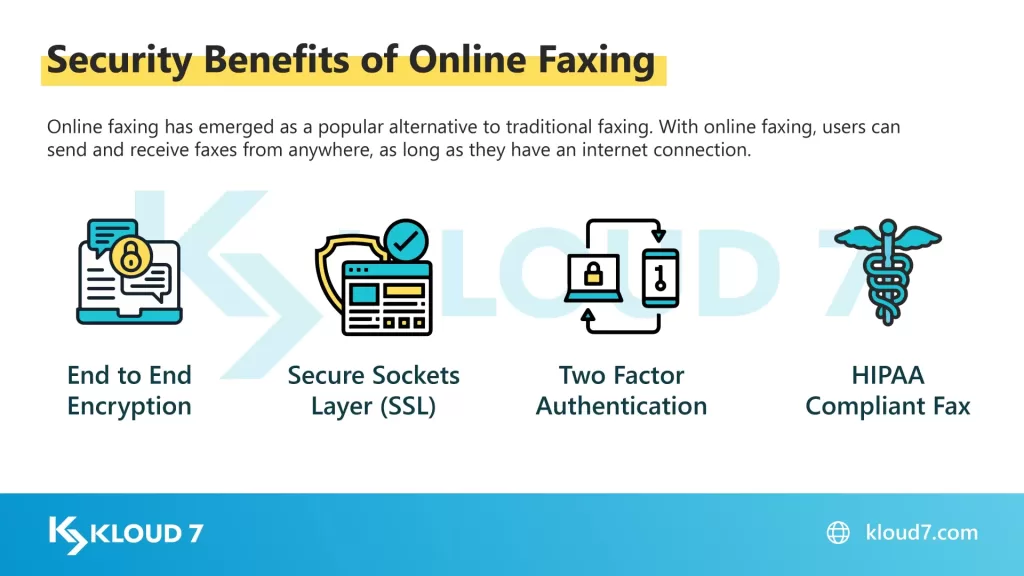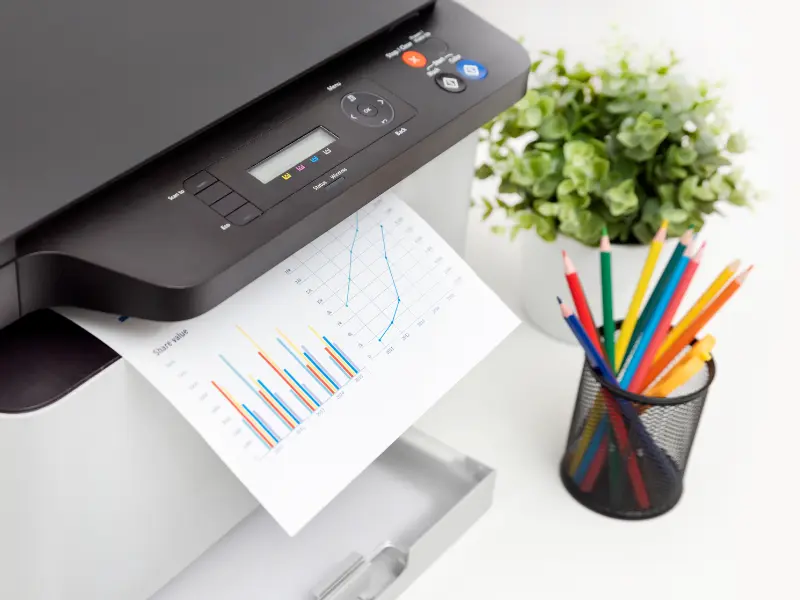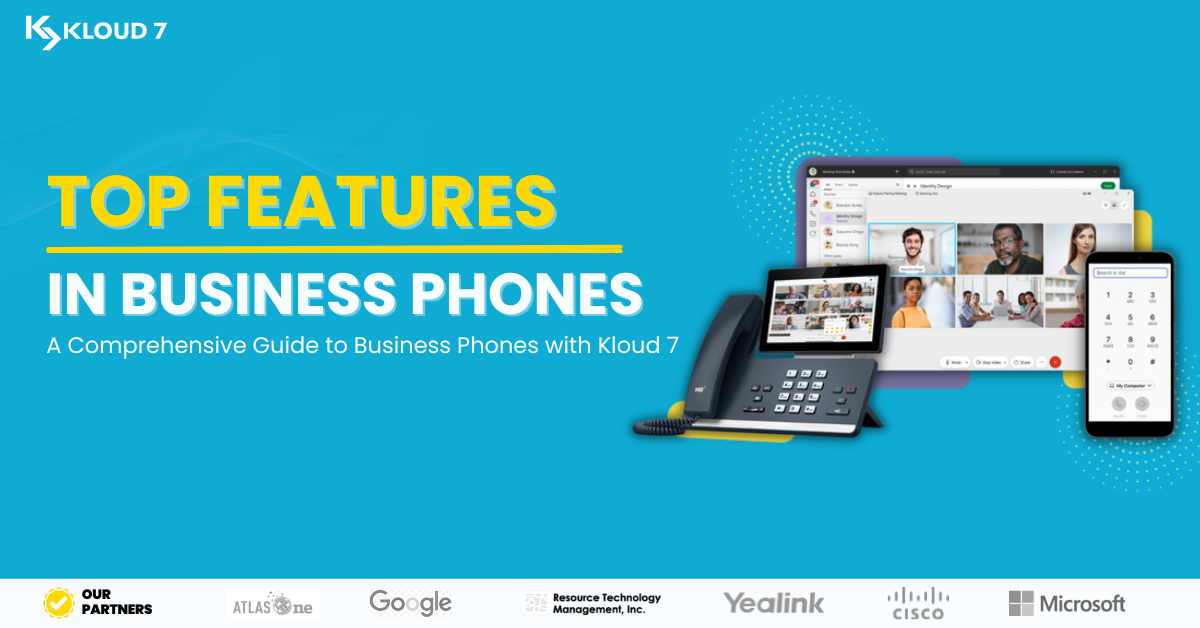In an era where technology rapidly transforms the way we live and work, traditional methods of communication are evolving at an astonishing pace. One such transformation is the advent of internet fax, a groundbreaking innovation that has revolutionized the way we send and receive documents.
Gone are the days of bulky fax machines, dedicated phone lines, and piles of paper. Internet fax, also known as online fax or virtual fax, harnesses the power of the internet to transmit faxes seamlessly and efficiently. It combines the convenience of email with the reliability of traditional faxing, offering a streamlined and cost-effective solution for businesses and individuals alike.
In this blog, we will explore the fascinating world of Internet fax and delve into its features, benefits, and practical applications. We will unravel the inner workings of this digital communication tool, its compatibility with modern technologies, and how it can enhance productivity and collaboration.
Why Internet Fax?
In today’s fast-paced and interconnected world, businesses and individuals are constantly seeking ways to streamline their communication processes and enhance productivity.
One such solution that has gained significant traction is internet fax, which offers a myriad of advantages over traditional fax machines. Let’s delve deeper into why internet fax has become a preferred choice for modern communication.
Convenience
First and foremost, internet fax eliminates the need for physical fax machines, dedicated phone lines, and stacks of paper. With internet fax, all you need is an internet connection and a device like a computer, laptop, or smartphone. This not only reduces equipment costs but also saves valuable office space and eliminates the hassle of maintaining hardware.
Flexibility
Moreover, internet fax provides the flexibility of sending and receiving faxes from anywhere in the world. Whether you’re in the office, on a business trip, or working remotely, you can access your faxes using a web-based interface or dedicated software. This ensures that important documents are never missed and allows for efficient collaboration among team members regardless of their geographical locations.
Supports Collaboration
Another key advantage of Internet fax is its ability to convert faxes into digital files. Incoming faxes can be automatically converted into PDF or other commonly used formats, making them easily editable and shareable. This eliminates the need for manual scanning and digitization, saving time and ensuring that information is readily available for archiving or further processing.
Safe and Secure
Furthermore, internet fax enhances document security. Traditional fax machines leave printed documents exposed, increasing the risk of sensitive information falling into the wrong hands. In contrast, internet fax employs encryption protocols and secure servers to transmit faxes, ensuring that confidential data remains protected throughout the process.
Cost Effective
Cost-effectiveness is another compelling reason to embrace internet fax. Traditional faxing methods incur expenses such as paper, ink, phone line rental, and maintenance. Internet fax eliminates these costs and often offers subscription-based pricing models tailored to the volume of faxing required. This makes it an affordable option for businesses of all sizes, especially for those that send and receive a high volume of faxes regularly.
Advantages of Internet fax
Convenience: Internet fax eliminates the need for physical fax machines, allowing users to send and receive faxes from anywhere with an Internet connection.
Cost savings: Internet fax eliminates expenses associated with traditional faxing, such as paper, ink, dedicated phone lines, and maintenance costs.
Space efficiency: Internet fax eliminates the need for bulky fax machines, saving valuable office space.
Accessibility: Users can access their faxes from various devices, including computers, laptops, tablets, and smartphones, providing flexibility and convenience.
Mobility: With internet fax, users can send and receive faxes on the go, making it ideal for professionals who travel frequently or work remotely.
Document conversion: Internet fax can automatically convert incoming faxes into digital files, such as PDFs, making them easily editable, shareable, and searchable.
Enhanced collaboration: Internet fax enables easy sharing of faxes among team members, regardless of their geographical locations, facilitating efficient collaboration.
Security: Internet fax employs encryption protocols and secure servers to transmit faxes, ensuring the privacy and confidentiality of sensitive information.
Archive and retrieval: Digital faxes can be easily stored, organized, and retrieved for future reference, eliminating the need for physical filing and enabling quick document retrieval.
Integration with existing systems: Internet fax can integrate seamlessly with other business applications and systems, such as email, document management systems, and workflow automation tools.
Scalability: Internet fax services can accommodate the changing needs of businesses, allowing for easy scaling up or down based on fax volume requirements.
Environmentally friendly: Internet fax reduces paper usage, contributing to greener and more sustainable business practices.
Reliability: Internet fax services often offer reliable and robust infrastructure, ensuring that faxes are delivered promptly and efficiently.
Global reach: Internet fax enables communication with international partners and clients without the need for international fax numbers or physical distance limitations.
In summary, internet fax offers numerous advantages, including convenience, cost savings, space efficiency, accessibility, mobility, document conversion, collaboration, security, archiving capabilities, integration, scalability, environmental benefits, reliability, and global reach. Embracing Internet fax can transform communication processes, enhance productivity, and improve overall efficiency in today’s digital age.
What is a Secure Fax?
In today’s fast-paced business world, security is paramount. With sensitive information constantly being shared between employees, clients, and partners, it’s essential to ensure that data is protected from unauthorized access and interception. One way to achieve this is through the use of secure faxing.
Secure faxing refers to the process of sending and receiving faxes over a secure and encrypted channel. Unlike traditional faxing, which sends data over phone lines, secure faxing uses the internet to transmit data, providing an added layer of security. But what exactly makes secure faxing more secure than email or traditional faxing? Let’s take a closer look.
The Security Advantages of Faxing Over Email
When it comes to transmitting sensitive information, email is often the go-to method for many businesses. However, email has its limitations when it comes to security. While email providers offer encryption options, these options are often not enabled by default and may not be strong enough to protect against sophisticated attacks. Email is also susceptible to phishing attacks, which can result in unauthorized access and interception of sensitive data.
Faxing, on the other hand, offers a higher level of security, as it is transmitted over a dedicated and private connection. This makes it more difficult for hackers to intercept data, as they would need physical access to the phone line to do so. Additionally, faxing does not require any third-party software or services, making it a more secure option for businesses that prioritize data privacy. Secure faxing is a much more secure option, as it uses end-to-end encryption to protect data in transit.
Security Benefits of Online Faxing

The Benefits and Use of Secure Online Faxing in Healthcare:
In today’s healthcare industry, data privacy and security are paramount. Patient information must be kept confidential and secure at all times, and healthcare providers must comply with regulations such as the Health Insurance Portability and Accountability Act (HIPAA). One method that has emerged as a secure way to transmit patient information is through secure online faxing.
Improved Efficiency and Cost Savings
One of the biggest benefits of secure online faxing in the healthcare industry is improved efficiency and cost savings. Traditional faxing requires a physical fax machine and a dedicated phone line, which can be expensive and time-consuming to maintain. Secure online faxing, on the other hand, can be done entirely online, saving time and reducing costs associated with physical hardware.
Enhanced Security Measures
Secure online faxing providers utilize advanced security measures to protect patient data. These measures include end-to-end encryption, two-factor authentication, and secure sockets layer (SSL) encryption. These features ensure that patient information is protected during transmission and storage, reducing the risk of data breaches and unauthorized access.
Improved Collaboration and Communication
Secure online faxing also allows for improved collaboration and communication between healthcare providers. Multiple users can access and send faxes from anywhere with an internet connection, improving the speed and accuracy of communication between healthcare providers. This also reduces the need for physical transport of documents, reducing the risk of loss or damage.
Regulatory Compliance
Secure online faxing services are HIPAA-compliant, ensuring that healthcare providers remain in compliance with regulatory requirements. By using a secure online faxing service, healthcare providers can be confident that they are protecting patient information and avoiding regulatory penalties.
Ease of Use
Secure online faxing services are designed to be user-friendly and intuitive, making it easy for healthcare providers to send and receive faxes online. This reduces the need for training and ensures that healthcare providers can focus on providing high-quality patient care, rather than worrying about the technical aspects of faxing.
Choosing the Right Secure Online Fax Service
When choosing a secure online fax service, healthcare providers should consider factors such as security measures, regulatory compliance, ease of use, and customer support. It’s important to choose a service that is tailored to the needs of the healthcare industry, and that has a proven track record of keeping patient information secure.
The Power of Secure Faxing in the Insurance Industry
In the insurance industry, protecting sensitive customer data and maintaining strict confidentiality is not just a best practice—it’s a regulatory requirement. Insurance companies handle a vast amount of personal and financial information, making data security a top priority. Secure faxing has emerged as a crucial tool for insurance companies to transmit and receive confidential documents securely. Let’s delve into the benefits and use of secure faxing in the insurance industry.
Safeguarding Customer Information
The insurance industry deals with a wide range of sensitive information, including social security numbers, medical records, financial statements, and more. Secure faxing provides a robust layer of protection for this data, ensuring that it is transmitted securely between insurance providers, agents, and customers. With encryption and authentication protocols, secure faxing safeguards customer information from unauthorized access or interception, reducing the risk of data breaches and identity theft.
Regulatory Compliance
Compliance with industry regulations, such as the Gramm-Leach-Bliley Act (GLBA) and the Health Insurance Portability and Accountability Act (HIPAA), is a critical concern for insurance companies. Secure faxing solutions specifically designed for the insurance industry adhere to these regulations and ensure that customer data is transmitted in a compliant manner. By using a secure faxing system, insurance companies can meet regulatory requirements, mitigate legal risks, and avoid costly penalties associated with non-compliance.
Improved Operational Efficiency
Traditional paper-based processes in the insurance industry can be time-consuming and prone to errors. Secure faxing streamlines operations by automating document transmission and reducing manual handling. Insurance agents can send and receive policy documents, claims forms, and other critical paperwork electronically, eliminating the need for physical document transportation. This leads to faster processing times, improved efficiency, and enhanced customer service.
Seamless Integration with Existing Workflows
To ensure a smooth transition to secure faxing, it is essential to choose a solution that seamlessly integrates with existing insurance workflows. The right secure faxing provider will offer integration options with popular insurance software and Customer Relationship Management (CRM) systems. This integration simplifies the process of sending and receiving faxes, ensuring that insurance agents can work within their familiar digital environments without disruption.
Enhanced Collaboration and Communication
Insurance companies rely on effective collaboration and communication between various stakeholders, including agents, underwriters, claims adjusters, and customers. Secure faxing facilitates real-time collaboration by enabling secure document sharing and review. Multiple users can access and annotate documents simultaneously, improving efficiency and reducing delays in decision-making processes.
In the insurance industry, where trust, confidentiality, and regulatory compliance are paramount, secure faxing has become an indispensable tool. By embracing secure faxing solutions, insurance companies can safeguard sensitive customer data, maintain compliance with industry regulations, streamline operations, and foster seamless collaboration. Investing in secure faxing not only strengthens data security but also enhances customer trust and contributes to the overall success of insurance operations.
Securely Sending Critical Documents via Internet Fax
Sending critical documents securely via internet fax is essential to protect sensitive information and maintain confidentiality. Here are some steps to ensure the secure transmission of such documents:
Choose a reputable internet fax service provider: Select a reliable provider that offers robust security measures, including encryption protocols, secure servers, and compliance with industry standards like HIPAA or GDPR, if applicable.
Enable encryption: Ensure that your internet fax service encrypts faxes during transmission and storage. Encryption safeguards the content of your documents, making them unreadable to unauthorized individuals.
Use strong passwords: Create strong, unique passwords for your internet fax account and ensure that they are not easily guessable. Avoid using personal information or common phrases as passwords.
Verify recipient information: Double-check the recipient’s fax number or email address before sending any critical document. Accurate information prevents sensitive data from falling into the wrong hands.
Attach password-protected files: If the document contains highly sensitive information, consider encrypting it with a password before attaching it to the fax. Share the password with the intended recipient via a secure communication channel.
Monitor fax activity: Regularly review your fax activity log provided by the internet fax service to ensure that faxes are sent to the correct recipients and to identify any unauthorized access attempts.
Secure your network: Use a secure internet connection, preferably a virtual private network (VPN), to transmit faxes. A VPN encrypts your internet traffic, adding an extra layer of security.
Enable confirmation receipts: Request delivery and read receipts for your faxes. This feature allows you to track whether the recipient successfully received and opened the document.
Regularly update software and passwords: Keep your internet fax software and devices up to date with the latest security patches. Additionally, periodically change your passwords to maintain strong security measures.
By following these practices, you can significantly enhance the security of critical document transmissions via internet fax, ensuring that sensitive information remains confidential and protected throughout the process.
Conclusion:
Secure faxing has proven to be a valuable solution across industries, addressing the limitations of email and providing enhanced security for sensitive information. Whether in healthcare, insurance, or other sectors, secure faxing ensures data protection, regulatory compliance, and streamlined operations. By embracing secure faxing, businesses can safeguard confidential data, improve efficiency, and build trust with customers. In today’s digital landscape, secure faxing is a vital tool for organizations seeking robust data security and operational excellence.
__
FAQs
Can Fax be Hacked?
While faxing is generally considered to be more secure than email, it is not immune to hacking. Traditional faxing is vulnerable to interception, as data is transmitted over phone lines that can be tapped into by hackers. However, secure faxing over the internet provides a much more secure channel, as it uses encryption to protect data in transit.
How Secure Is Traditional Faxing?
Traditional faxing is generally considered to be less secure than secure faxing over the Internet. Data is transmitted over phone lines, which can be tapped into by hackers. Additionally, traditional faxing does not offer the same level of encryption as secure faxing, making it more vulnerable to interception.
Is it safe to fax a Social Security number?
Faxing SSNs can be relatively secure if precautions are taken: confirm the recipient’s fax number, use a secure fax machine, and consider alternative secure methods like online document transfer or encrypted email for enhanced security.




